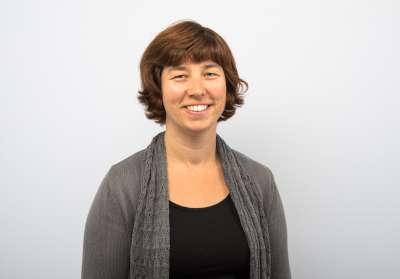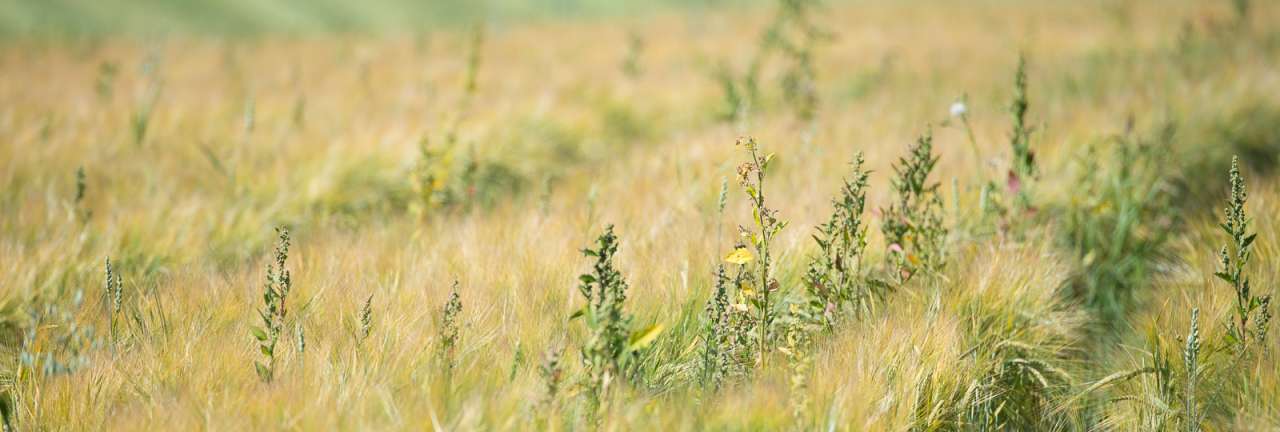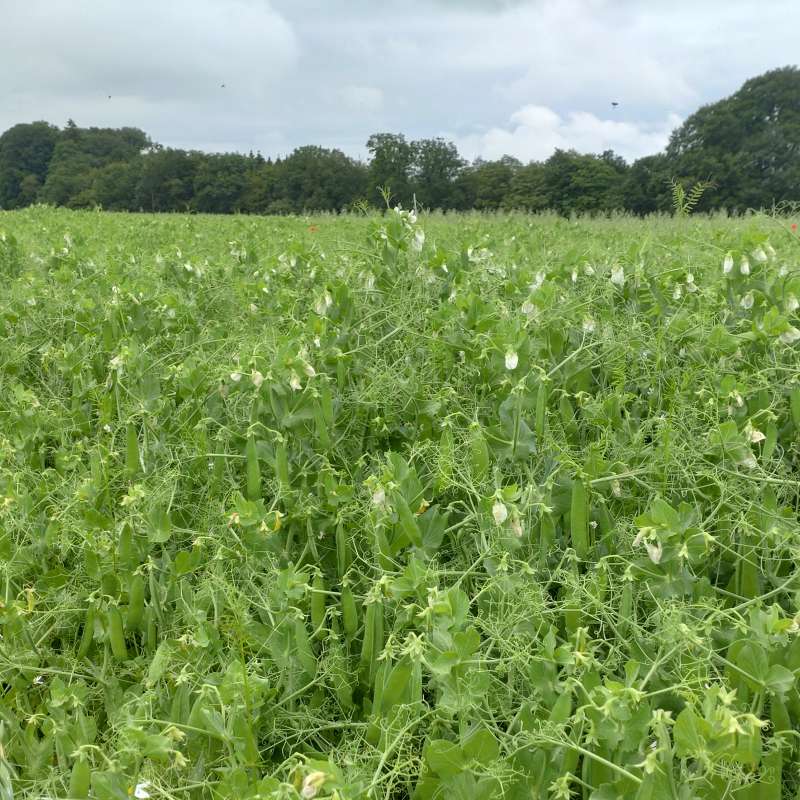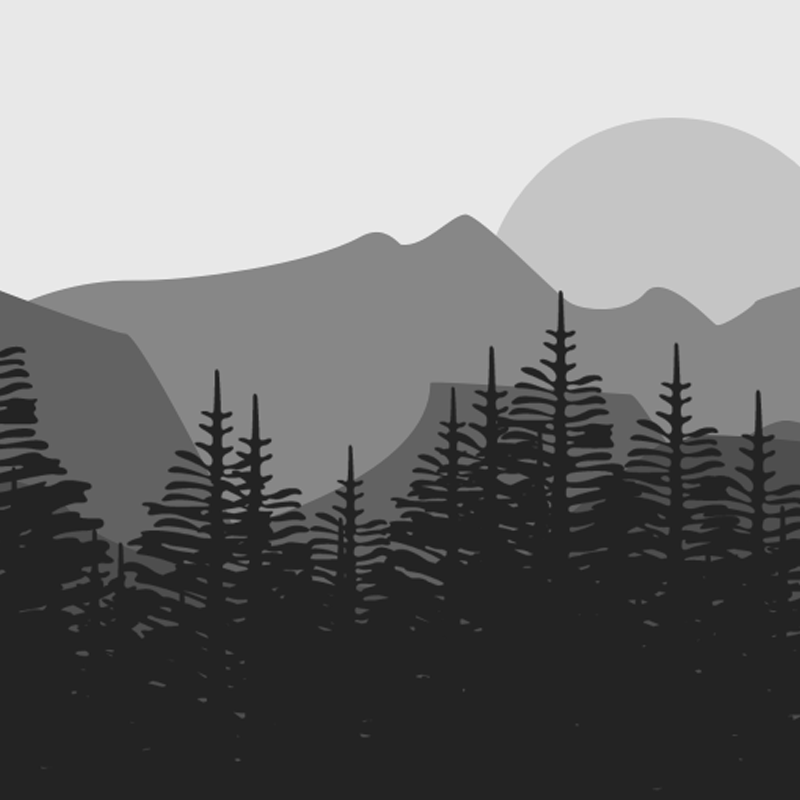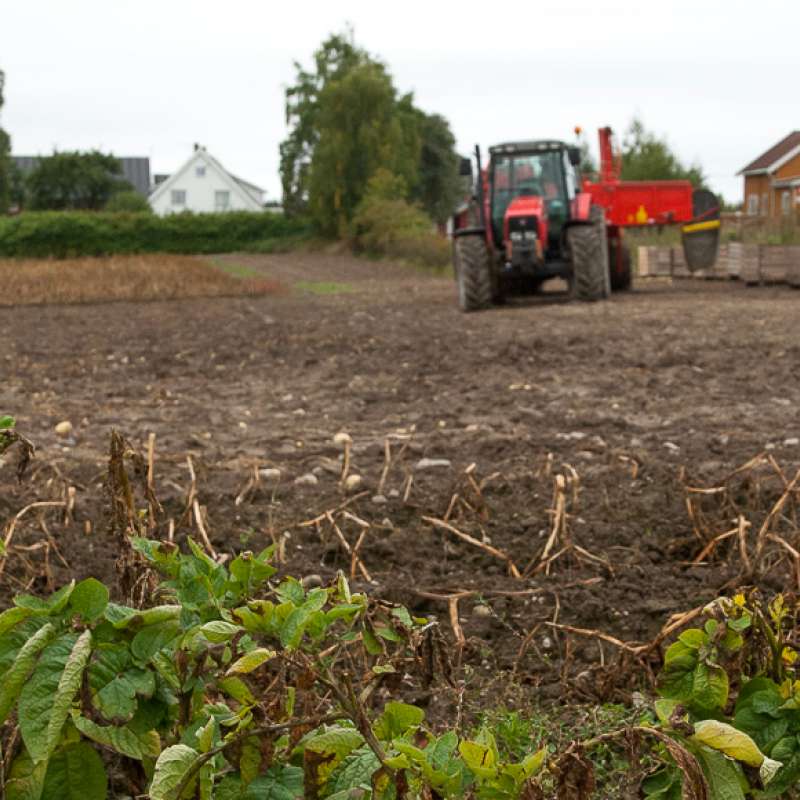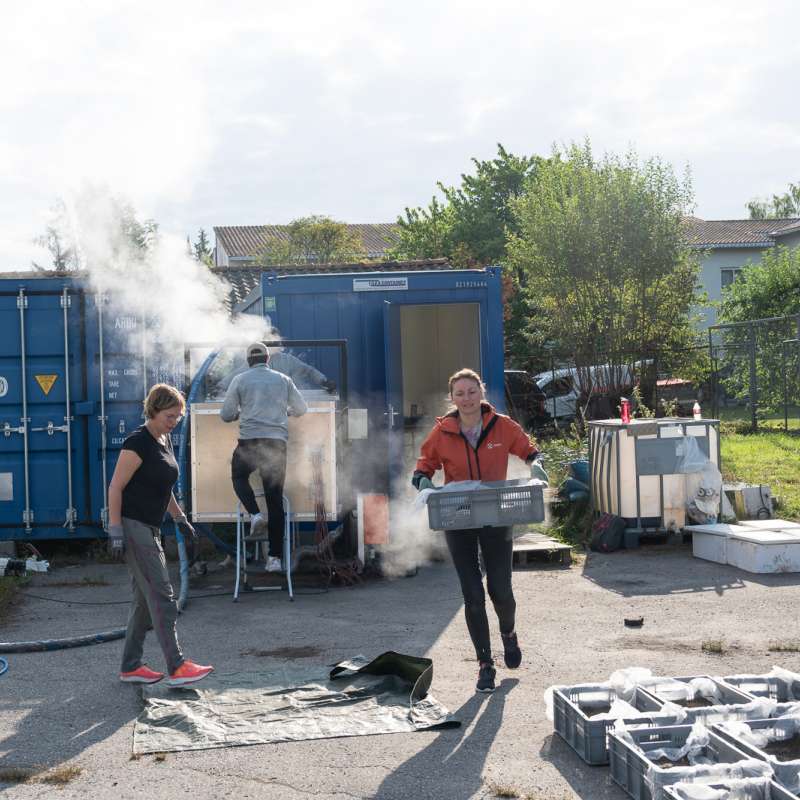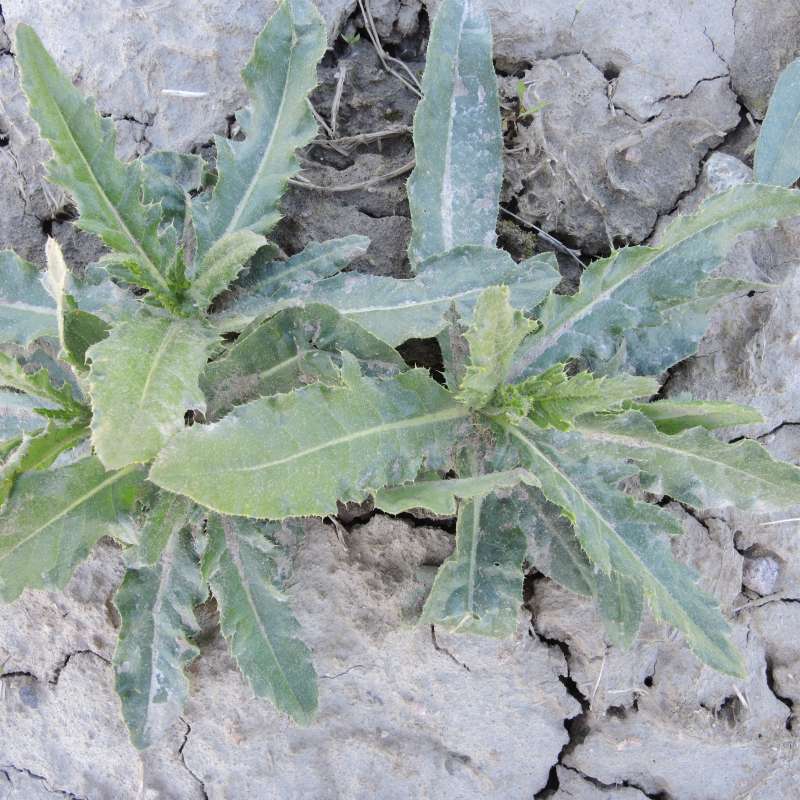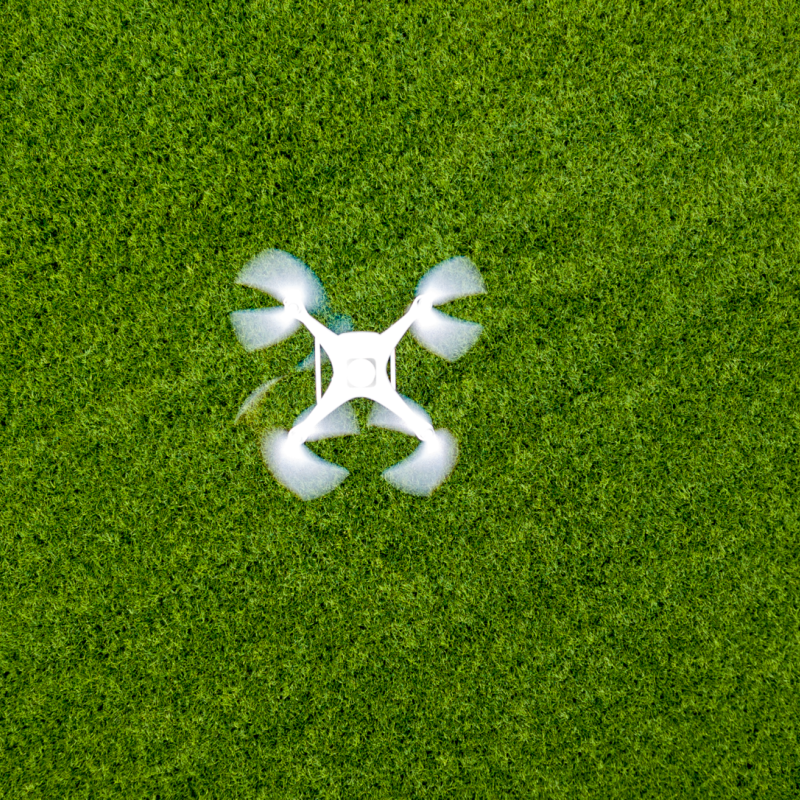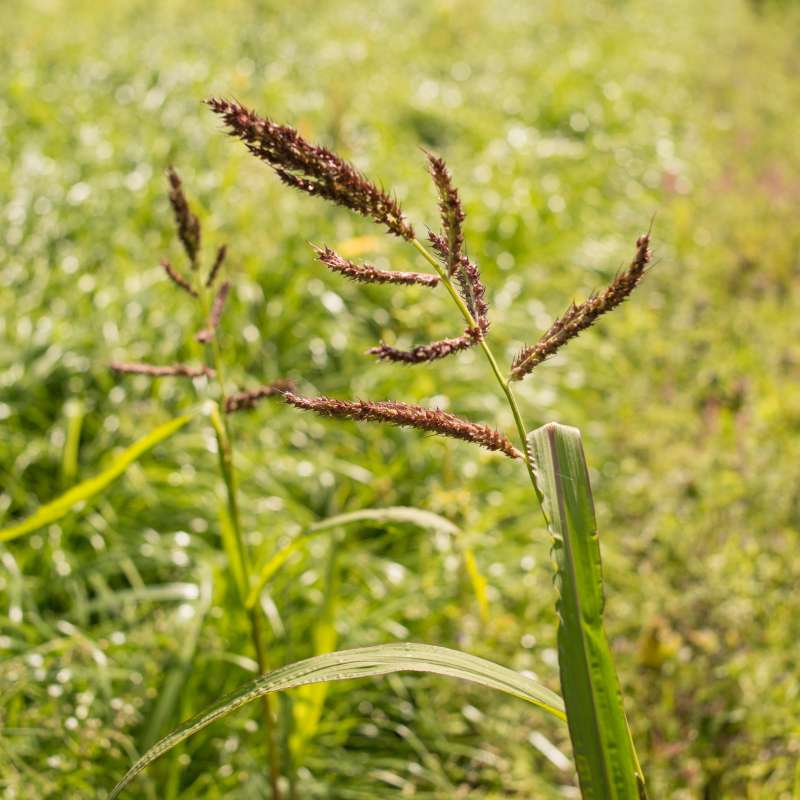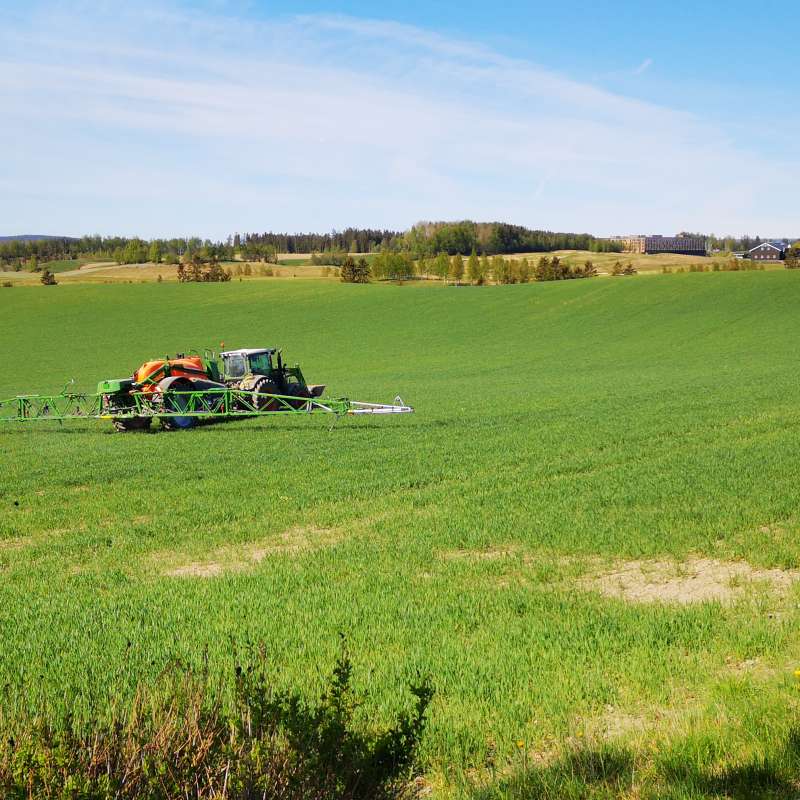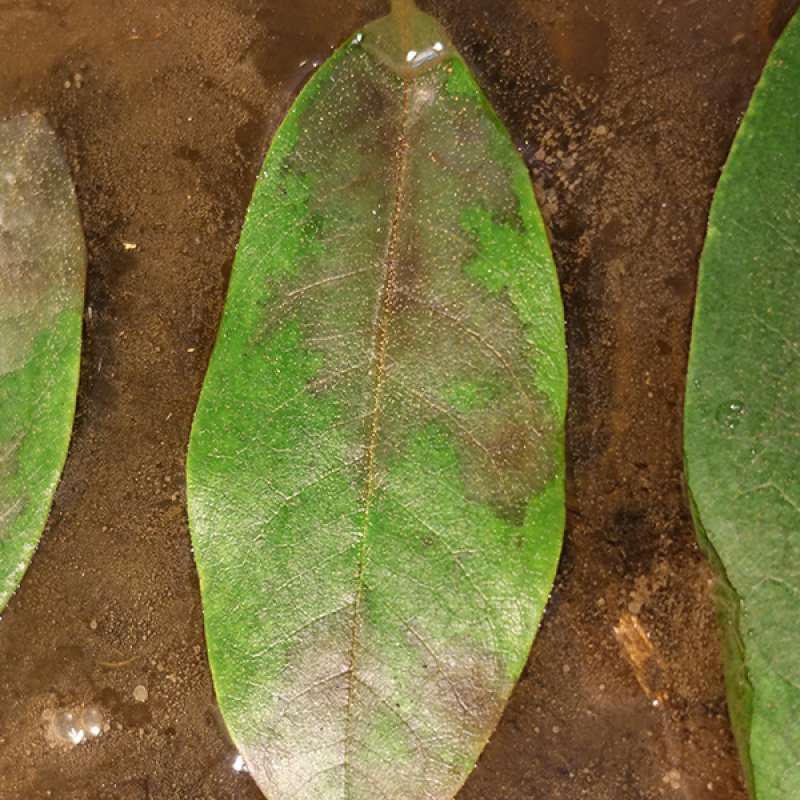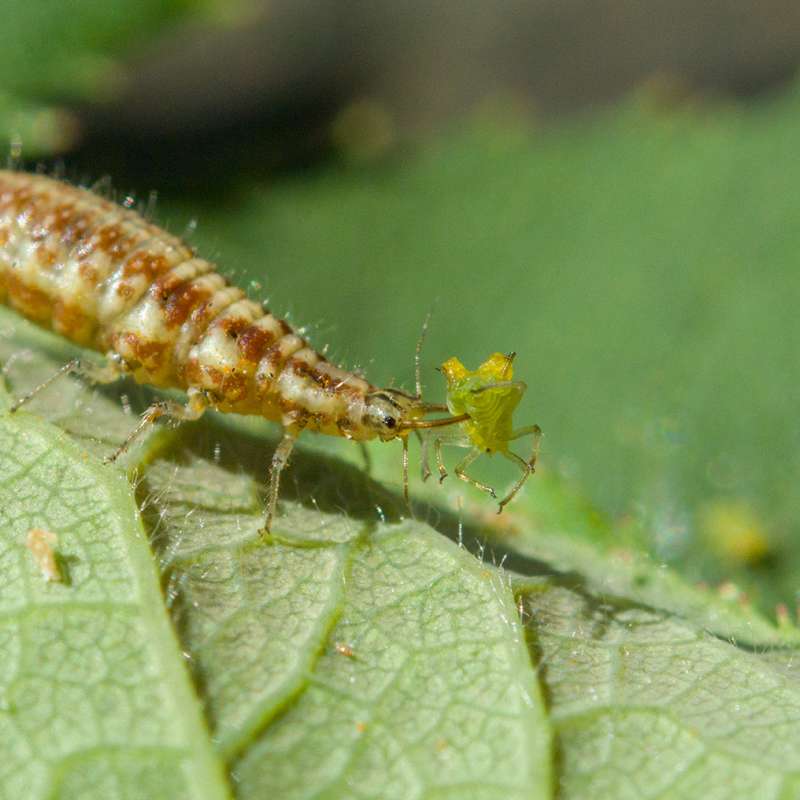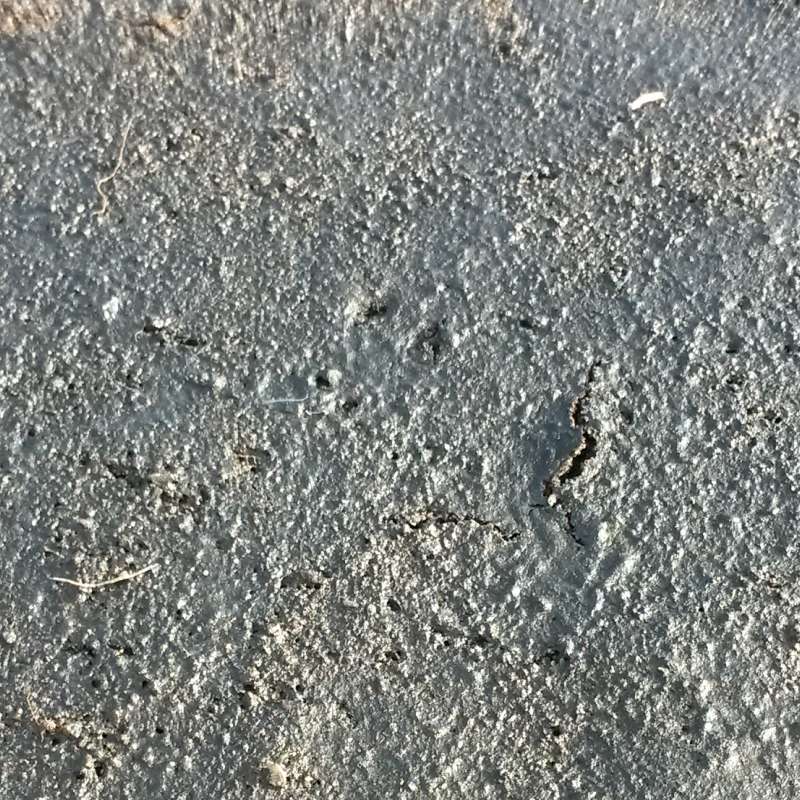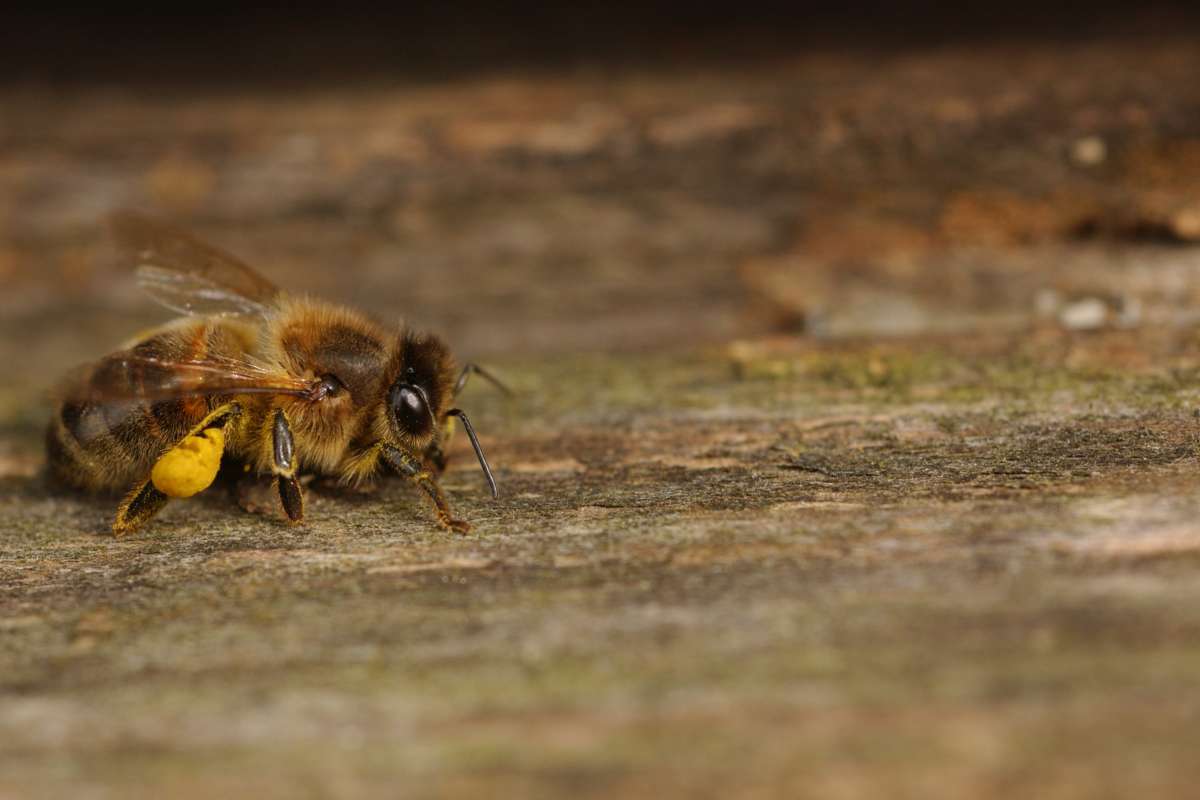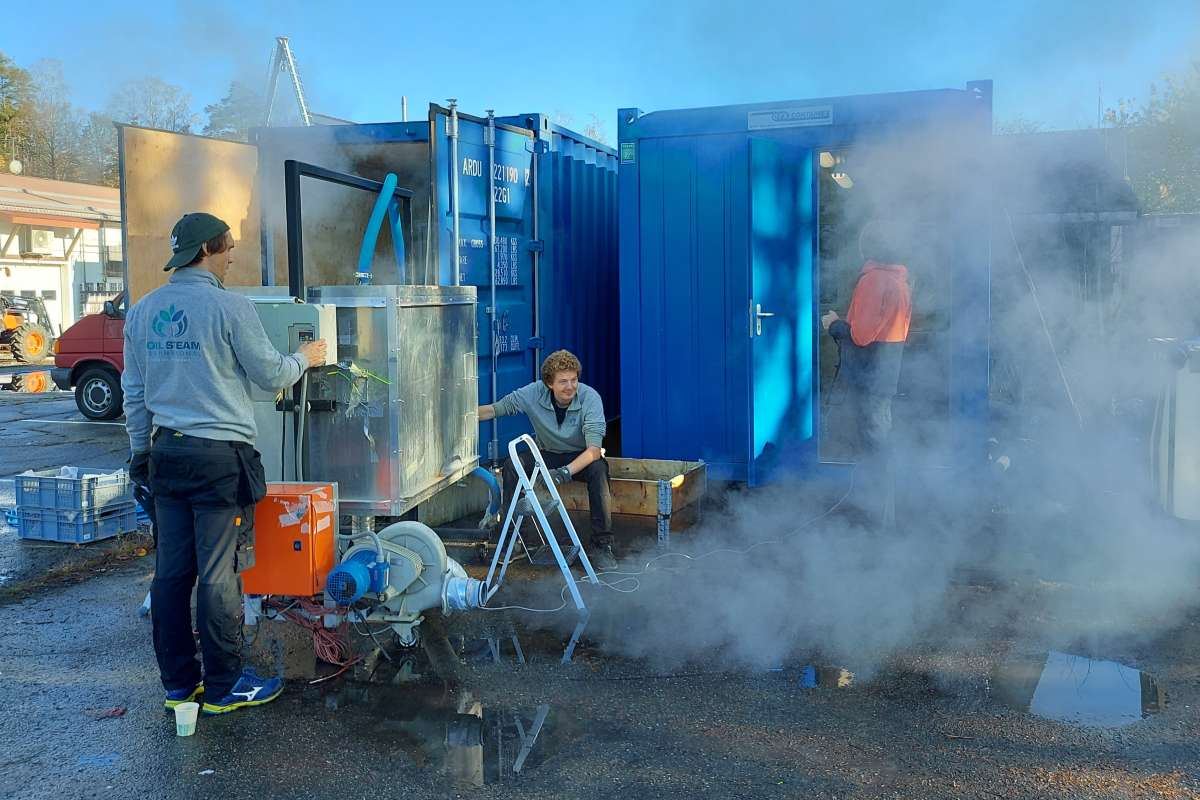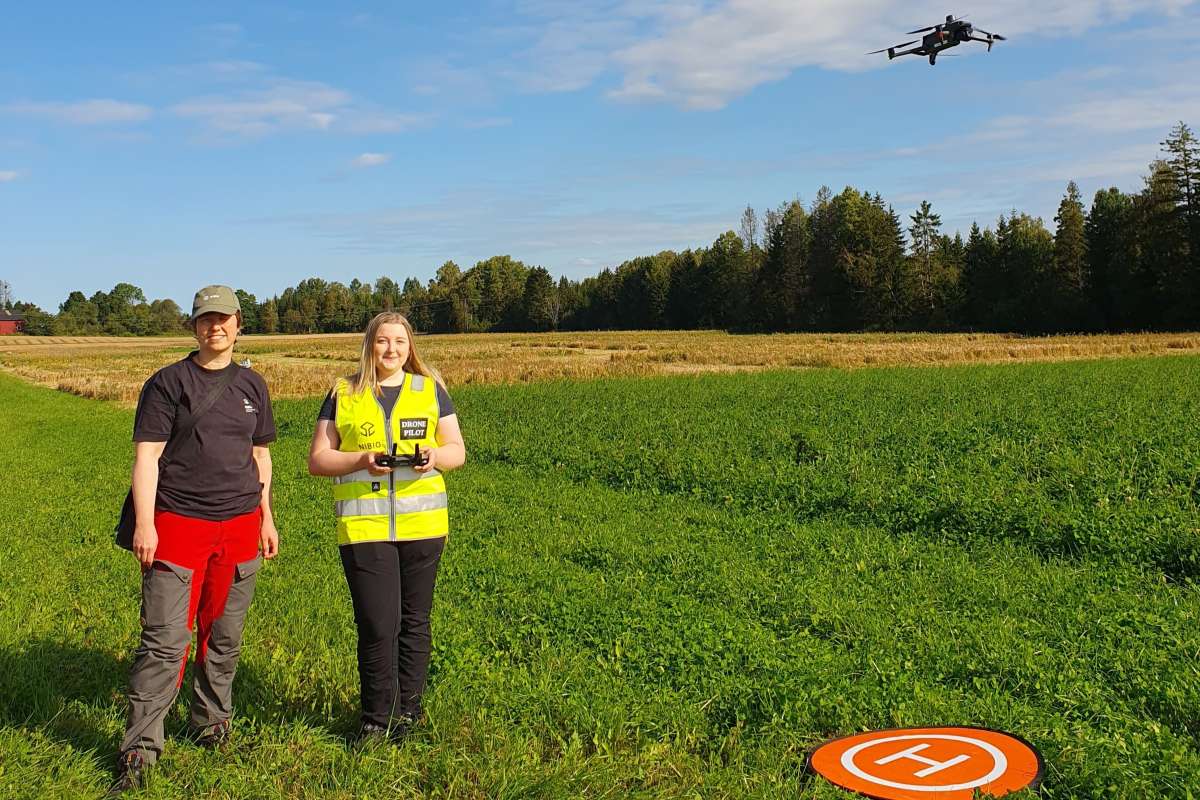Vitenskapelig artikkel –
An investigation to enhance understanding of the stimulation of weed seedling emergence by soil disturbance
B.J. Schutte,
B.J. Tomasek,
A.S. Davis,
...
Schutte, B., Tomasek, B., Davis, A., Andersson, L., Benoit, D., Cirujeda, A., Dekker, J., Forcella, F., Gonzales-Andujar, J., Graziani, F., Murdoch, A., Neve, P., Rasmussen, I., Sera, B., Salonen, J., Tei, F., Tørresen, K. & Urbano, J.M. 2014. An investigation to enhance understanding of the stimulation of weed seedling emergence by soil disturbance (Vitenskapelig artikkel). Tilgjengelig fra: https://doi.org/10.1111/wre.12054.
